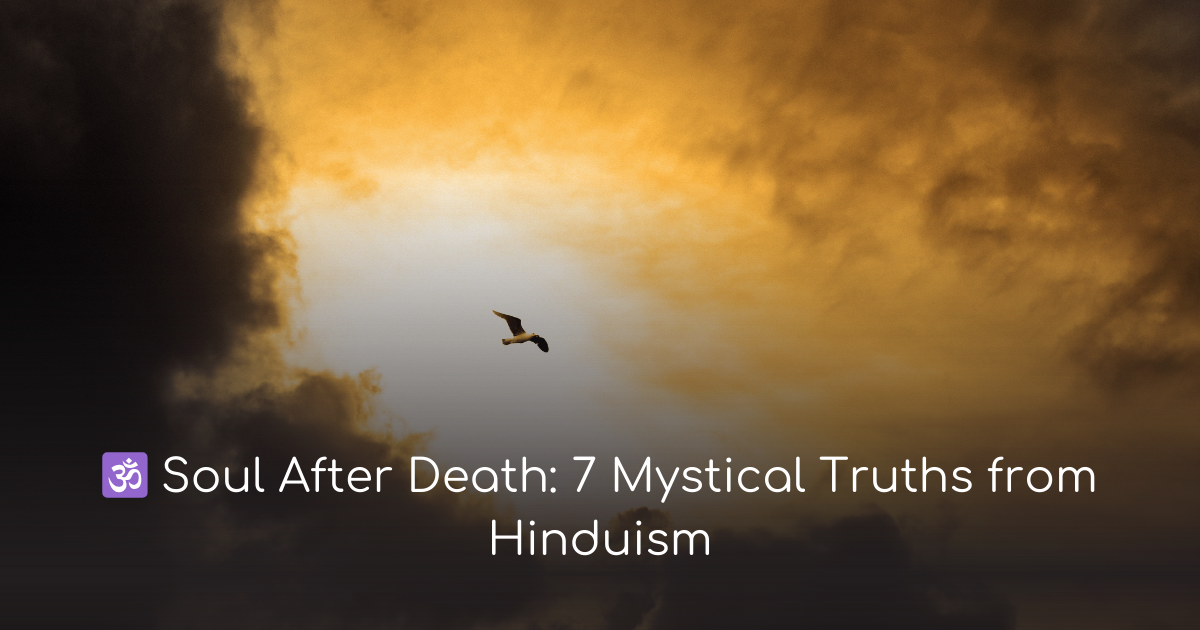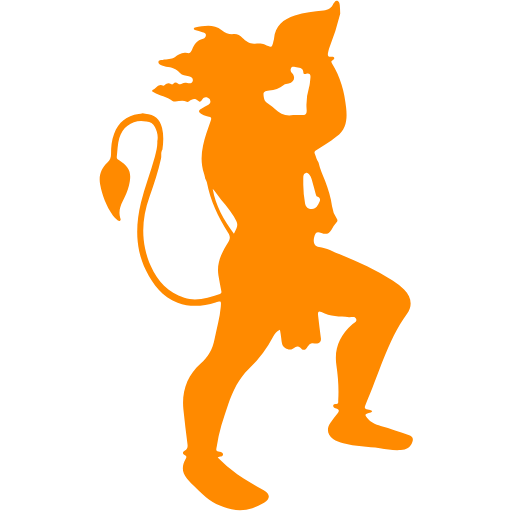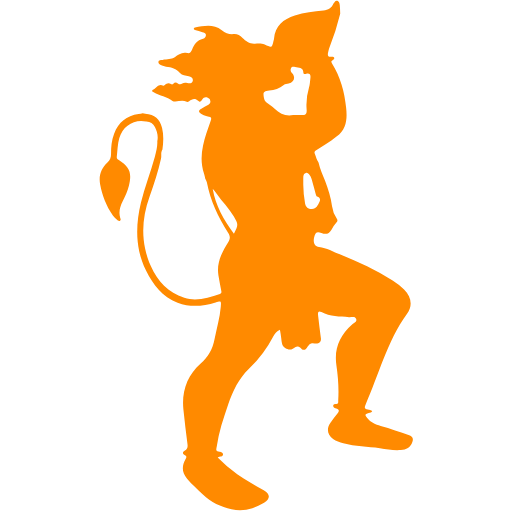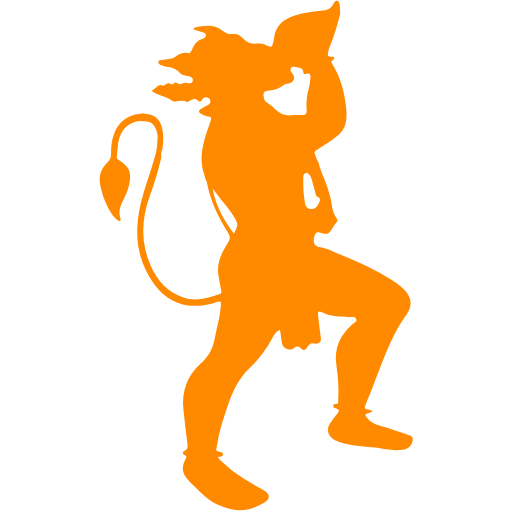soul after death: 7 mystical truths from hinduism

Soul after death in Hinduism is a sacred journey. Discover 7 mystical truths about what happens when we die and how the atman continues its path.
🌟 Soul After Death: 7 Mystical Truths from Hinduism
What happens when we die?
Is death the final end — or simply a doorway?
According to Sanatan Dharma, death is not a tragedy. It is a divine transition — a sacred release of the Atman (soul) from the temporary body into the next phase of its eternal journey.
The soul after death in Hinduism doesn't vanish into nothingness. It embarks on a profound journey shaped by karma, rituals, desires, and divine law. Ancient scriptures like the Garuda Purana, Bhagavad Gita, and Upanishads offer rich insights into this mystical path.
Let us explore 7 powerful truths that explain the journey of the soul after death, according to Hindu wisdom.
⚰️ Truth 1 – The Soul Leaves the Body at Death (Jiva Yatra Begins)
When death occurs, the physical body (sharir) ceases to function — but the Atman (soul) does not die. It simply exits the body and begins its yatra (journey).
🧩 How Does the Soul Exit?
-
The soul departs through one of the body's subtle energy points (nadis or chakras).
-
Yogis consciously leave through the Sahasrara chakra (crown), but most souls exit through lower chakras based on their mental and karmic state.
The Garuda Purana explains:
"The soul, along with subtle body (linga sharir), is pulled out by messengers of Yama, and begins the preta yatra – the journey through subtle realms."
At this stage:
-
The soul is in preta avastha (spirit state)
-
It still carries emotions, attachments, and identity
-
It’s guided or pulled based on karma
💡 Truth: Death is not an end — it’s a release. The soul continues its path toward purification, judgment, or liberation.
🌌 Truth 2 – The 13-Day Rituals Guide the Soul’s Journey
After death, Hindu tradition emphasizes the 13-day ritual period called Antyeshti (last rites). These rituals are not just cultural — they are spiritually functional and deeply impactful on the soul’s journey.
🧩 Importance of Antyeshti, Pind Daan, and Shraddha
According to scriptures:
-
The soul hovers close to its body for up to 12 days
-
During this time, it is disoriented, confused, or attached
-
The 13-day rituals calm, guide, and release the soul
Key rituals include:
-
Pind Daan: Offering symbolic food (pindas) to nourish the soul’s subtle body
-
Tarpan: Water oblations to help the soul cross over
-
Shraddha: Ceremony invoking blessings from ancestors and deities
-
Lighting of lamp for 13 days — to guide the soul spiritually
The Garuda Purana says:
“Rituals done with devotion liberate the soul, while neglect leaves it wandering in preta loka.”
💡 Truth: The soul needs spiritual support from family. Right rituals bring peace to the departed and blessings to the living.
⚖️ Truth 3 – Karma Determines the Soul’s Path
The soul after death doesn’t randomly float through space. It is immediately pulled by the force of karma — the actions (mental, verbal, physical) performed during its life.
🧩 Good Karma vs Bad Karma
The Garuda Purana describes:
-
Yamadutas (servants of Yama, the god of death) come to escort the soul
-
Chitragupta, the celestial accountant, shows the soul’s karmic ledger
-
Based on this, the soul is assigned to:
-
Swarga (heaven-like planes) for virtuous acts
-
Naraka (hell-like planes) for harmful acts
-
Bhuloka (Earth) for rebirth and unfinished desires
-
Even the soul’s emotional state at death plays a role:
-
Peaceful mind = smoother journey
-
Regretful or fearful mind = heavier karmic pull
💡 Truth: You are your karma — and death doesn’t erase it. The soul continues the consequences of its choices.
🔄 Truth 4 – Rebirth Happens If Moksha Is Not Attained
In Hinduism, the cycle of birth and death is called Samsara. If the soul still has unfulfilled desires, attachments, or karma, it is reborn into a new body.
The Bhagavad Gita (2.22) says:
"Just as a man discards old clothes and puts on new ones, so does the soul discard one body and take on another."
🧬 How Rebirth Happens:
-
The soul is guided to new parents based on vibrational alignment and karmic fit
-
The subtle body (with impressions called vasanas) enters the womb during conception
-
A new life begins, with old memories hidden in the subconscious
Rebirth is not punishment — it is an opportunity for the soul to:
-
Complete its lessons
-
Evolve in consciousness
-
Move closer to moksha (liberation)
💡 Truth: Rebirth continues until the soul realizes its divine nature and becomes free from the cycle.
👉 In the next section, we’ll explore:
-
🌟 What happens when souls get stuck as preta (earthbound spirits)
-
🧘 How yogis consciously exit their bodies
-
🕯️ The final goal of the soul — moksha, and how to support its journey
-
🙏 A motivating conclusion and step-by-step guide for readers to support departed souls
🌟 Truth 5 – Souls Can Remain as Preta or Get Trapped
Not all souls transition smoothly after death. Some, due to unfinished business, intense desires, or lack of proper rituals, get trapped as Preta — wandering spirits or earthbound souls.
These souls:
-
Linger around their homes or places of attachment
-
Remain in a state of confusion or pain
-
Can sometimes disturb or communicate with the living
🧩 Why Souls Become Preta
-
Sudden or violent death
-
Lack of Antyeshti, Shraddha, or Pind Daan
-
Strong emotional attachments to family, property, revenge, or regret
-
Suicide or death under extreme guilt
The Garuda Purana says:
“Souls not properly honored or released by rituals remain caught between worlds, yearning for liberation.”
🕯️ How to Help Preta Souls:
-
Tarpana – Water oblations with sesame and mantras
-
Pind Daan – Symbolic food offerings
-
Chanting Gita or Garuda Purana near the soul’s resting place
-
Feeding Brahmins or cows in memory of the soul
-
Visiting Gaya, Prayag, or Haridwar for liberation rituals
💡 Truth: If not released, souls can become restless. But Sanatan Dharma offers tools to help them find peace and move forward.
🧘 Truth 6 – Yogis and Saints Choose Their Exit and Path
Unlike ordinary souls, realized yogis and saints don’t die in confusion. They leave the body consciously, with full awareness and control.
They often:
-
Exit through the Sahasrara (crown chakra)
-
Dissolve all karmic ties beforehand
-
Merge directly with Brahman or enter Brahmaloka (realm of liberation)
🌟 Examples of Conscious Departures:
-
Swami Vivekananda meditated and left his body at will
-
Ramana Maharshi embraced his end with divine stillness
-
Lord Krishna chose his moment of departure knowingly
Such souls don’t return to Earth unless out of compassion, as avatars or guides.
“For the one who has realized the Self, death is not loss — it is freedom.”
💡 Truth: Enlightenment grants freedom over life and death. The body becomes optional — not necessary.
🕯️ Truth 7 – Moksha Is the Final Destination of the Soul
The ultimate goal of the soul in Sanatan Dharma is Moksha — freedom from:
-
The cycle of birth and death (samsara)
-
The burden of karma
-
The illusion of separateness
When Moksha is attained:
-
The soul merges back into Paramatma (Supreme Consciousness)
-
There is no more rebirth
-
Only eternal bliss, peace, and oneness
🌈 Paths to Moksha:
-
Jnana Yoga – Self-inquiry and knowledge
-
Bhakti Yoga – Devotion and surrender to God
-
Karma Yoga – Selfless service without attachment
-
Dhyana Yoga – Deep meditation and inner silence
The Upanishads declare:
“The soul that knows ‘I am Brahman’ crosses beyond sorrow and attains immortality.”
💡 Truth: The soul is already divine. Moksha is not about becoming something new — it’s about remembering what you already are.
🙏 Conclusion – Death Is Not the End, But a Return to Source
Now that we’ve explored the mystical journey of the soul after death in Hinduism, here are the divine truths to carry forward:
| Stage | Description |
|---|---|
| Death | Exit of the soul from the body |
| Preta Yatra | Soul’s journey in subtle realms |
| Rituals | Support the soul’s transition and upliftment |
| Karma | Determines next destination – rebirth, heaven, or hell |
| Liberation | The final goal: Moksha or union with Brahman |
Once you understand that death is just a chapter, not the conclusion, fear fades away.
You begin to live with awareness, gratitude, and dharma — not for rewards, but for soul evolution.
“You are not the body that dies. You are the soul that continues.”
🚩 Call to Action:
🌿 Want to support your ancestors or prepare your soul’s path?
📿 Start with daily japa, monthly Tarpan, and understanding your own karma.
🕯️ Light a diya for departed souls, and let your own life become a flame of awareness.
📖 Explore more eternal truths on karma, rebirth, moksha, and soul wisdom at SanatanYug.com
Your soul’s journey is sacred — walk it with knowledge, faith, and light. 🕉️
❓ FAQs – Soul After Death in Hinduism
1. Where does the soul go after death in Hinduism?
It depends on karma. The soul may go to Swarga (heaven), Naraka (hell), Earth (rebirth), or attain Moksha if it’s liberated.
2. How long does the soul stay after death?
The soul usually stays around for up to 13 days, guided by rituals. Then it moves toward its next realm based on karma.
3. What is the preta state?
It’s a temporary ghost-like state when the soul hasn’t yet crossed over. It can happen due to strong attachments or lack of rituals.
4. Do Hindus believe in ghosts?
Yes, but not in the horror sense. Souls that haven’t transitioned can remain as preta — they are to be helped, not feared.
5. What ensures a good afterlife in Hinduism?
-
Living with dharma and devotion
-
Performing or arranging 13-day post-death rituals
-
Having pure thoughts at the time of death
-
Surrendering to God during life







